Sonic Bloom!
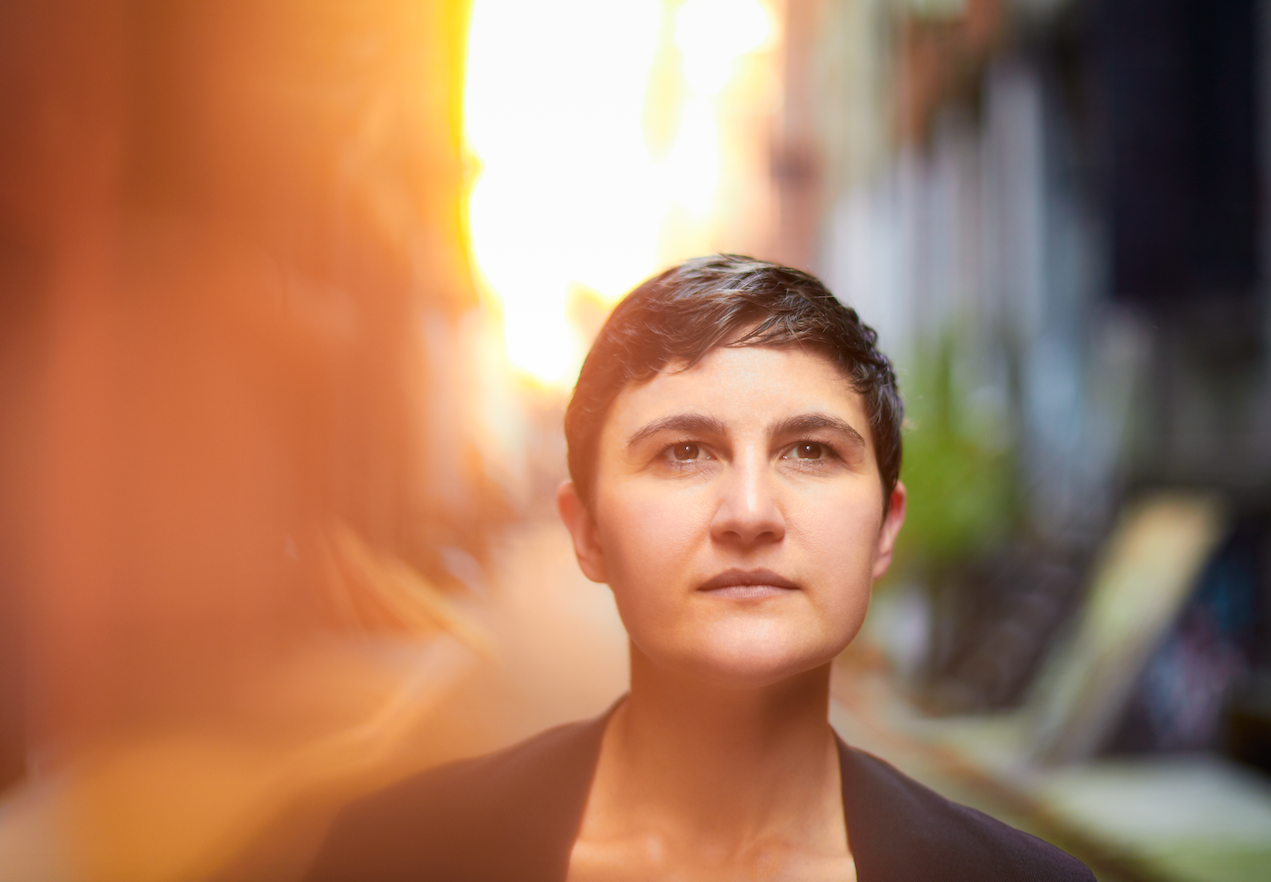
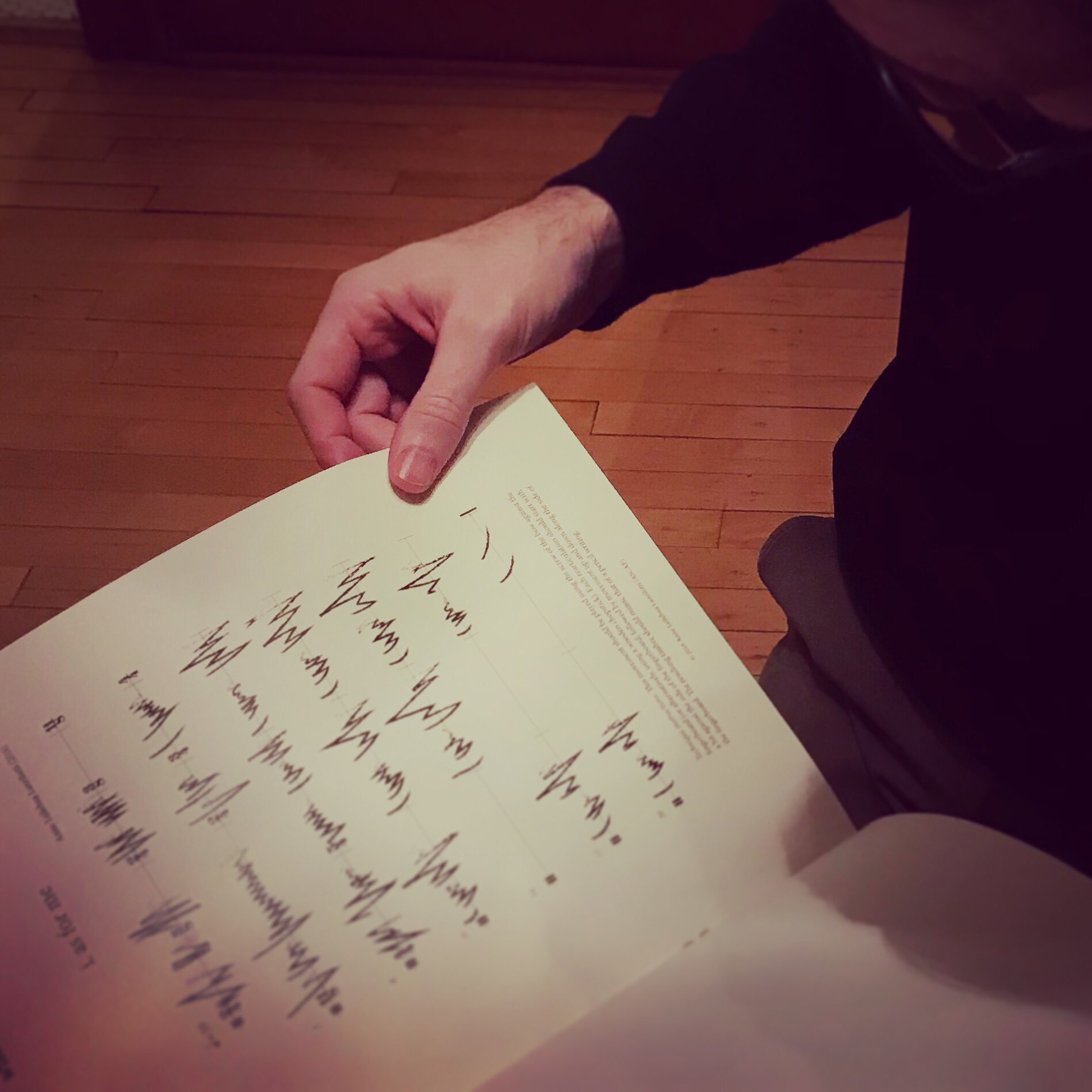
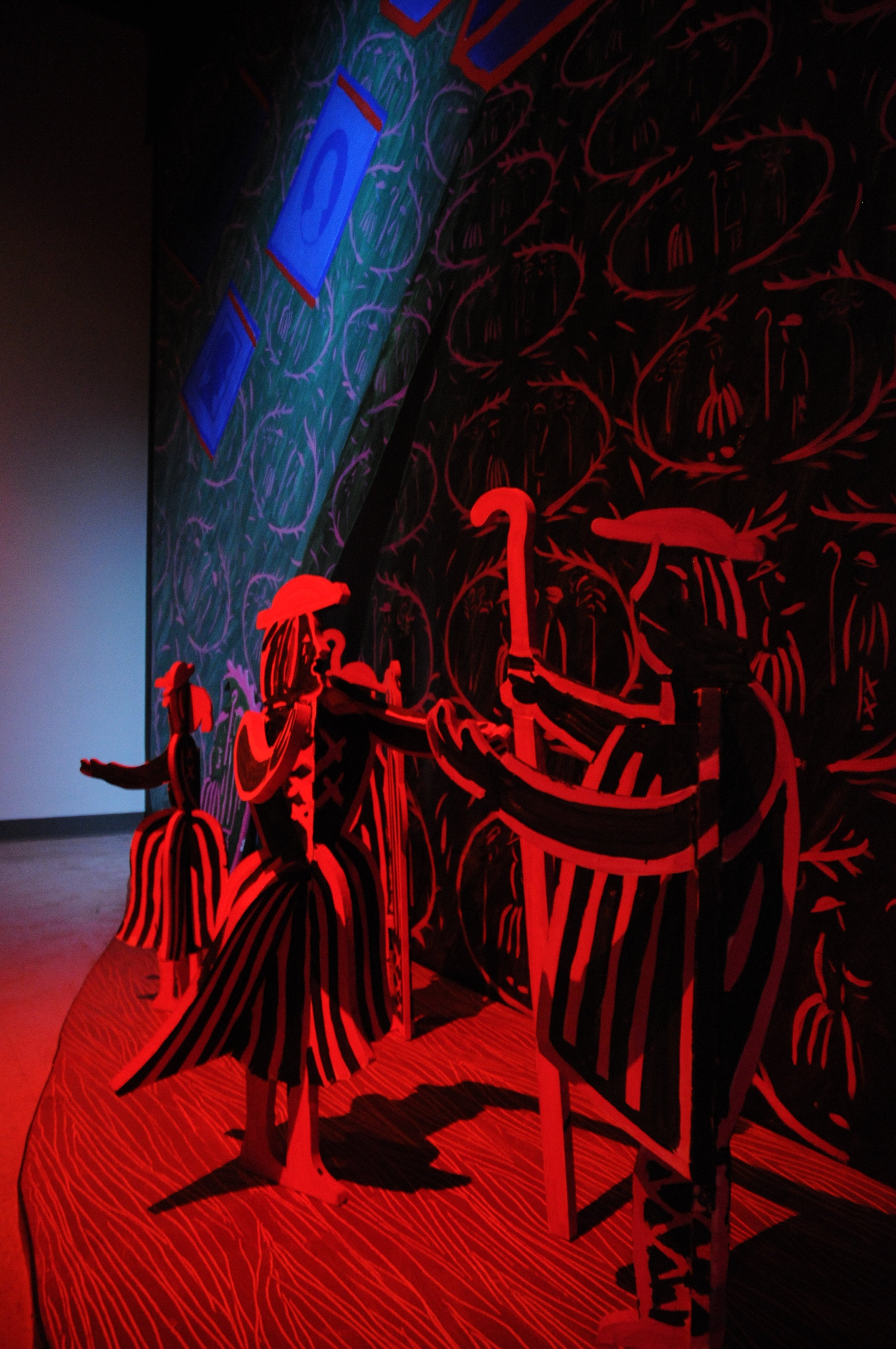
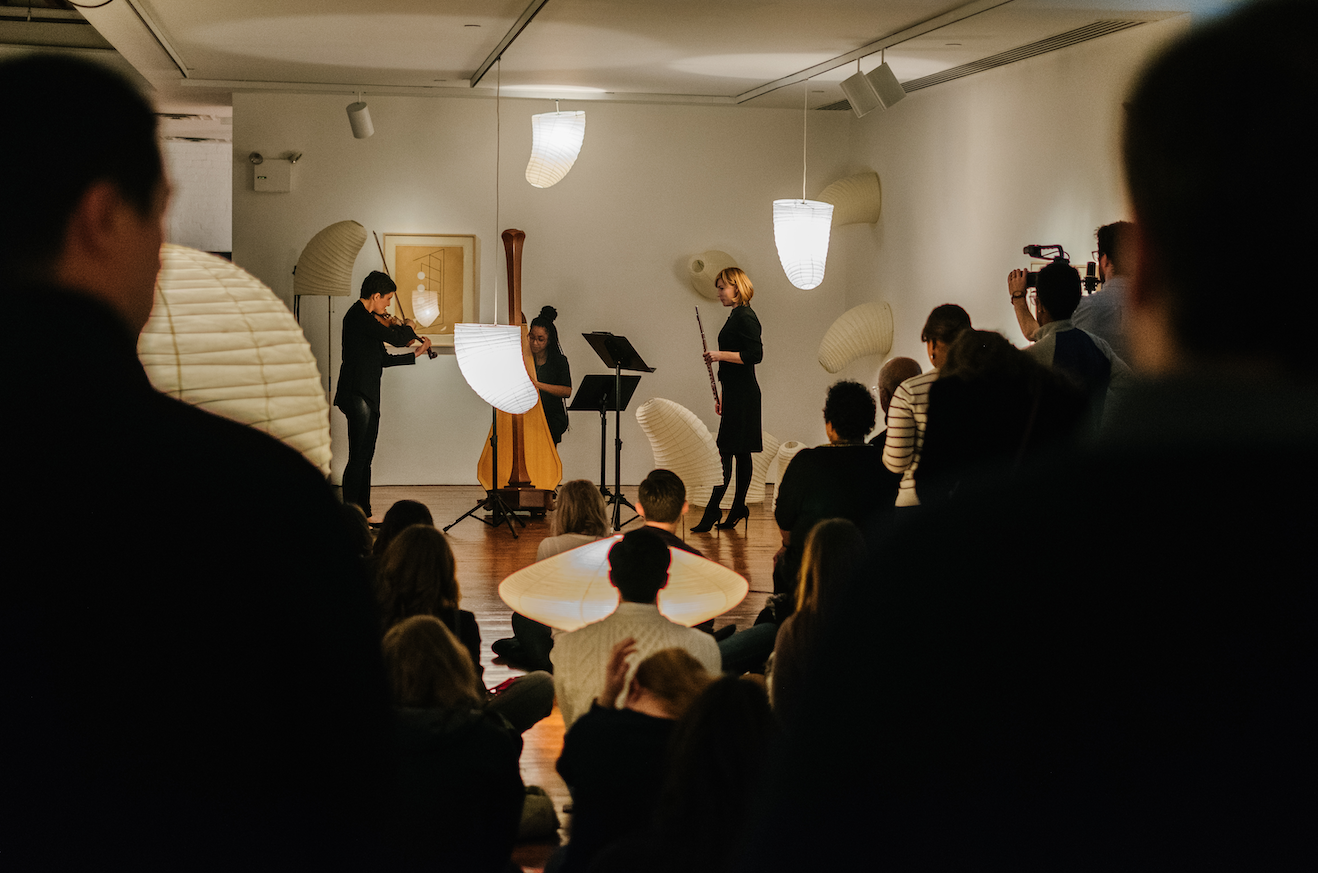
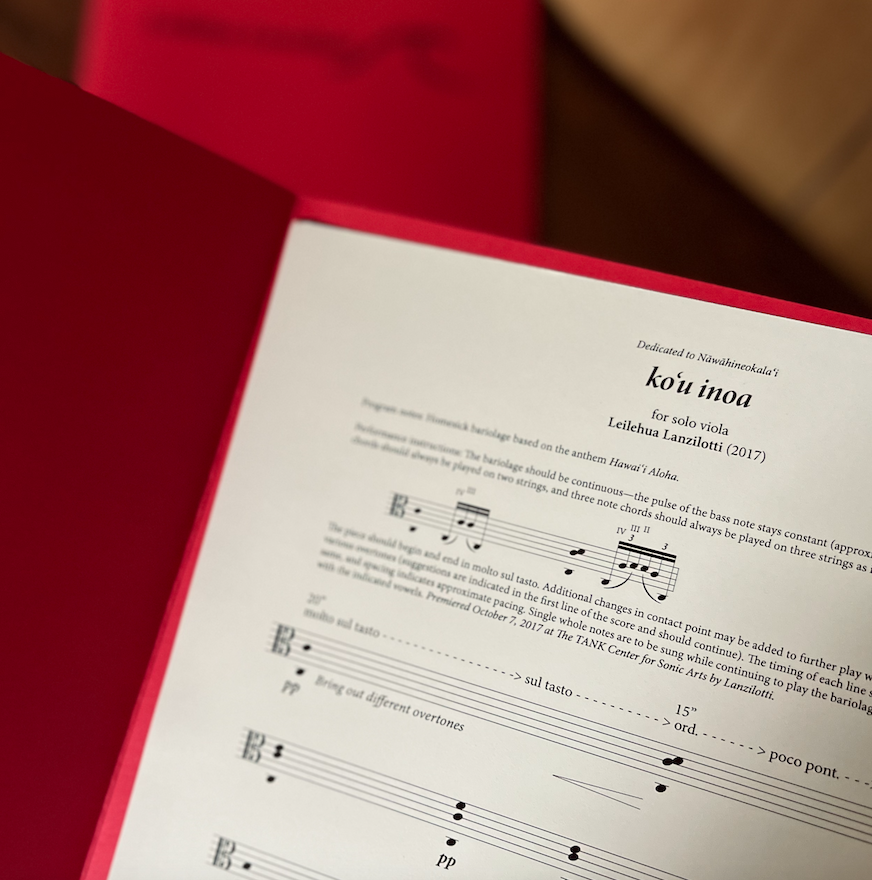
“A vibrant composition . . . that distinctly combines experimental string textures and episodes of melting lyricism.” Such are the words used to describe with eyes the color of time, the work of Leilehua Lanzilotti — an honored 2022 Pulitzer Prize finalist in Music.
The name of her composition was drawn from the words of the princess within Maurice Ravel’s opera L’enfant et les sortilèges (The Child and the Enchantment) — a piece that island residents might recognize from the David Hockney installation at what was once the Honolulu Contemporary Museum or Spalding House. Lanzilotti, who graduated from Punahou, remembers listening to the opera and learning that the narrative was much more than a children’s story or fairy tale.
In with eyes the color of time, Lanzilotti refers to Toshiko Takaezu’s ceramic moons (sometimes mahina) and George Rickey’s kinetic sculpture Two Open Triangles Up Gyratory III — pieces also featured upon the grounds of the museum. Her mother, Louise Keali‘iloma King Lanzilotti, once the Curator of Education, recalls that Lanzilotti spent hours there and within the surrounding garden. Lanzilotti shares, “Having that space as a kid . . . to be immersed in that environment . . . allowed me to think about a sound world in a different way. I transfer sounds from the outside world into my instruments.”
Growing up in Manoa Valley, a young Lanzilotti played in the trees and reveled in the outdoors. Lanzilotti would practice hula, eventually within the fold of Hālau Hula ‘O Maiki and shares that the sound of ‘ili‘ili that accompanied her dance became her “early engagement with percussion.” Compositions such as beyond the accident of time — percussion and voices explore the blending of voice with bells. Lanzilotti explains, “In working through sonic and visual forms of how things break up and how they’re put back together, [this piece and others within the whole of the concert Changing and Unchanging Sound] all explore questions about what it is to be human, living in uncertainty and growing after destruction.”
Lanzilotti recently visited the intimate performance space at BĀS Bookshop on Nu‘uanu Street. She began the evening with an improvised piece combining her viola artistry, song, and spoken word and was joined by Gahlord Dewald who incorporated the processing of field recordings taken on Wa‘ahila ridge with a modular synth controlled by a monome arc — a cacophany of chirps, tweets, and whooshes mingled with a humming undercurrent.
During the performance, she asked listeners to “think of a place you call home.”
She shared that home for her is beneath the kuahine rain of Mānoa. “It’s like a mist where rainbows form during the morning or the afternoon depending on which side of the valley one lives on.”
In addition to bringing nature into her work, she states, “I want to take up enough space and use unfamiliar or dissonant sounds wondering how long it might take for you to have it become normal for the space you’re in. What is the way to reset your ears, and how long does it take?”
She continues, “What does it mean to really settle into a sound to accept it as not just something you’re passing through but as a place you’re in so you can have it be revealed as something that is not just ordinary but as a truly beautiful thing. Suddenly it’s the most beautiful sound in the world.”
This fall, Lanzilotti is the recipient of a Macgeorge Fellowship as an Academic Guest within the Faculty of Fine Arts and Music at the University of Melbourne and will be spending six weeks in Oaxaca, Mexico, at Casa Wabi as an Artist in Residence.
Also on the horizon is Lanzilotti’s participation as both co-curator and multimedia artist in a retrospective exhibition of Toshiko Takaezu who has filled many of her closed forms with ceramic pieces creating “rattles.” Leilehua will explore the “hidden element of sound” with Takaezu’s work and will also be creating video and sound sharing influences upon her own sound world as coupled with the texture of various Hawai‘i island landscapes.
Dedicated composer and sound artist Leilehua Lanzilotti — whose work can be characterized by her explorations of timbre — continues to do wonders for all who will find time to listen.
